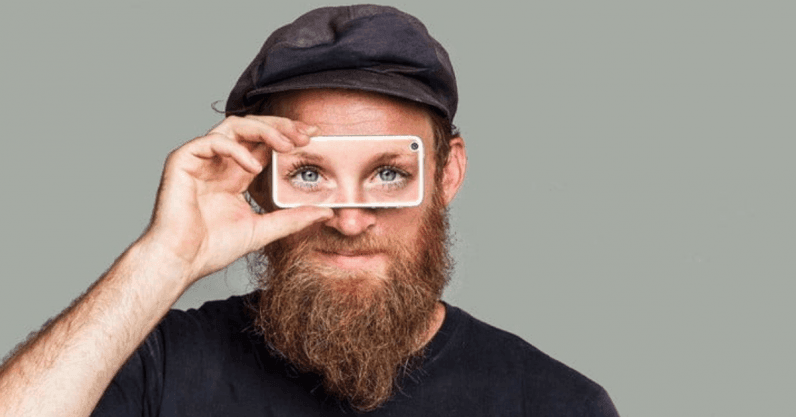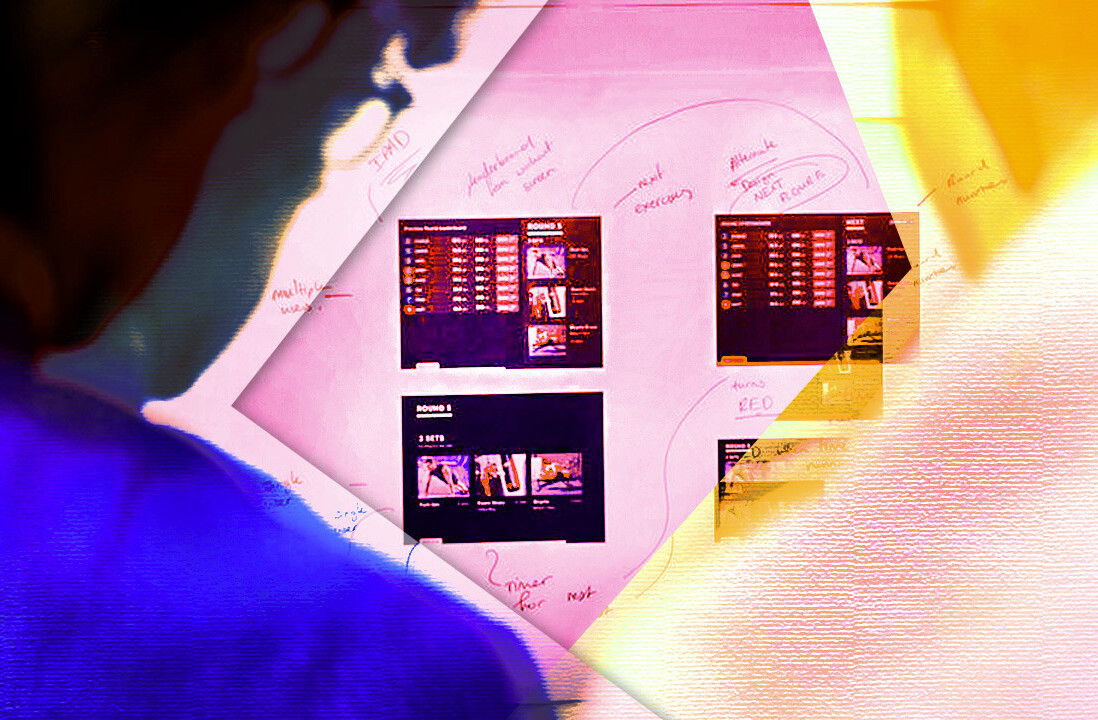
The most amazing event of my life? This is, so far, undoubtedly the birth of my son. The whole experience did something strange to me. I can precisely remember the hours leading up to his birth. How we woke up, drove to the hospital, the conversations we had. I even remember the smell of the early morning when we walked outside. I can describe the events from minute to minute.
No, it’s not that I have the memory of an elephant, the human brain is just wired to store awe-inspiring emotional experiences differently — as discovered by brain researchers at the Dutch Radboud UMC hospital.
Emotional memories always depend on the hippocampus, a part of the brain which ensures that short-term memories are moved to the long-term memory. In other words, beautiful experiences leave deep traces in our memory. Conversely, this also applies the other way around: a nasty, unpleasant experience lingers just as tenaciously.
And this is precisely where the strength and significance of a good customer experience lies. People that have a very good experience with a brand or company will joyfully reflect on this. Those that wish to obtain and maintain a good relationship with their customers should thus focus on creating the best possible customer experience.
Personal emotions define experience
But what exactly defines this experience? Experiences are based on emotions. The birth of my son was certainly a rollercoaster of positive emotions, through which the experience made a deep impression. Now the birth of a child is usually a positive experience for most people. But they are also experiences that depend much more on the person undergoing them.
A fine example of this is music. A song that strikes a chord with me may not impress someone else, it may even irritate them, and vice versa. This significance is an important aspect for companies. It means you should tailor the customer experience to the individual. His or her individual preferences and habits determine whether an experience will leave a positive, neutral, or negative impression.
A one-size-fits-all approach is not only an act of random shooting, it will also leave a negative taste with some customers. These customers are not merely walking purses ensuring turnover, they are people of flesh and blood. Each with his or her own taste, preferences, habits, and behaviors.
Measuring success

The importance of a good customer experience not only changes the way in which companies should approach their target group, but also the way in which they should measure success. Ample brands use a transaction/process approach for this. If a transaction or process has been successfully completed, then it was a success, or so it is argued. But this method does not address the customer’s feelings about the transaction.
It would thus be good for companies to change their measuring method. It is not the final transaction that determines customer satisfaction, but the feeling that customers are left with. Only then can you expose the improvement areas in the customer experience.
Success doesn’t mean satisfaction
A fine example of this is a recent interaction I had with an airline company. I was in the United States with my family for work and was ready to catch a flight back home. The day before departure we realized, however, that my son was not on my ticket. I called the airline company’s customer service, but they referred me to the party organizing the flight operation concerned.
After waiting for a long time, I was informed that I needed the ticket number. Which I did not have readily available. It was finally sorted, but only after I found the ticket number, called them back, and went through seven steps.
Was my experience with the airline company a successful one? Not in my eyes, even though the ultimate goal was achieved. Though according to the transactional measuring method, my interaction with the company would be categorized as a positive one. After all, the objective was achieved.
But in reality, they might have lost a future customer. I will think thrice before I ever book another ticket with this company, and I will not quickly forget this whole experience, which is purely due to the negative emotion it invoked.
LeanCuisine rethinks the scale
The power of individual experience and the emotions that this provokes can be used for more things than just measuring success. A great example of this is LeanCuisine’s marketing campaign, #WeighThis. Instead of going after its traditional focus of helping people lose weight, the campaign revolved around how people feel and on the personal targets they had reached.
The core of the campaign was a wall full of scales at New York’s Central Station. The scales did not indicate weight, but were covered in written messages. With these messages, customers briefly and concisely indicated what they were proud of, and which targets they had reached.
The campaign was an ideal example of experiential marketing. LeanCuisine transformed the scale from a ‘negative’ object that invoked fear and insecurity into an object linked to positivity and self-worth. But even more important: it also changed the image of a diet product manufacturer into a personal, positive brand representing personal pride and self-esteem.
Role of technology
The example above proves the value of emotion for a brand, and demonstrates that its power can greatly transcend the actual product or service itself. But those who really want to touch their customer’s heart, should know this customer well.
To do so, brands have in recent years sought their solution mainly in technology and digitalization. Everything has to be ‘smart’ and we frantically seek a technological solution for each business issue. Data was, according to most experts, the new golden egg. Those with the most data at hand would almost automatically gain the upper hand.
This hunger for data now often thwarts progress. Sure, data can greatly contribute to sharpening individual customer preferences. This is precisely the ingredient that a brand, and especially the marketing department, needs to tailor the experience to the individual as much as possible.
Data islands
Nonetheless, the result in practice often proves problematic. Constantly adding new tools and solutions leads to data islands. Each new marketing solution consists of a piece of the puzzle, but simultaneously creates an increasingly cloudier overall picture. Because of this fragmentation, it is anything but obvious to effectively use this data in a meaningful manner. Not to mention trying to distil a satisfying customer experience from this mountain of data.
It can be done far more easily. Looking at it from a technological perspective, just think of a simple data structure from which all tools gain their input. This ‘single source of truth’ approach prevents obscure data spaghetti.
Be My Eyes gets it right

A great example is the company Be My Eyes, a platform that connects blind and partially sighted individuals with volunteers that can help them. The idea is just as ingenious as it is technologically simple.
The first group points their phone towards what they would like to see at that moment. This could be a bus stop with a bus schedule, or a carton of milk with an expiry date on it. A volunteer receives a notification and via his or her smartphone looks through the ‘eyes’ (read: phone camera) of the blind person, and can then inform this person about it. The technology behind this is not complex but thanks to a smart, human-oriented way of thinking, it is a success.
It is time for a new paradigm. Data and technology are not the starting point, and never have been either. Technology is a tool, not the departure point. We should once again ask ourselves out loud why we digitalize, and what it contributes to the ultimate customer experience. Because those that give a little TLC to customers will receive TLC in return.
Get the TNW newsletter
Get the most important tech news in your inbox each week.





